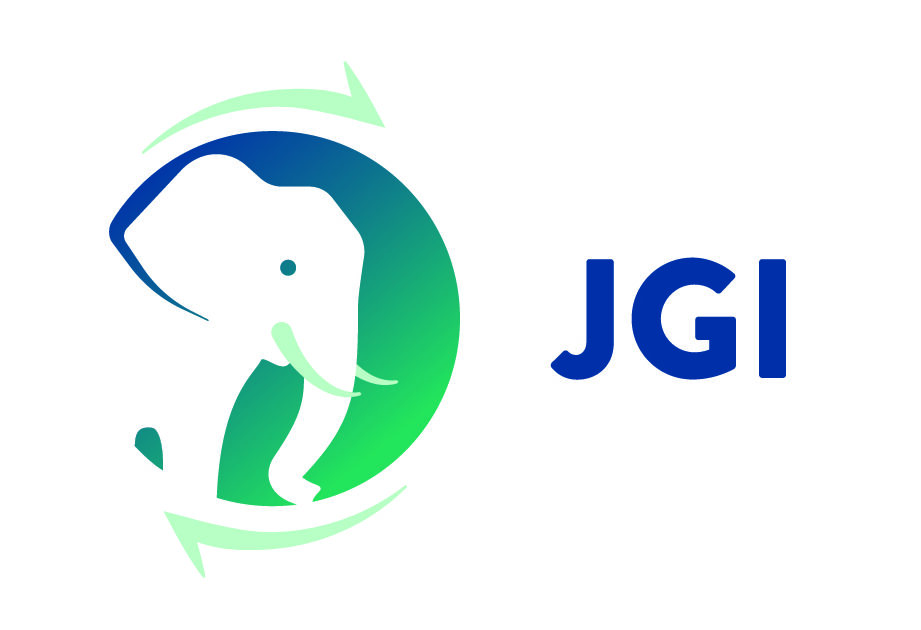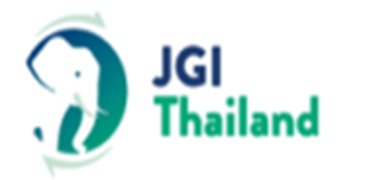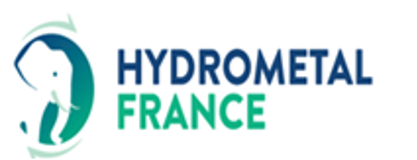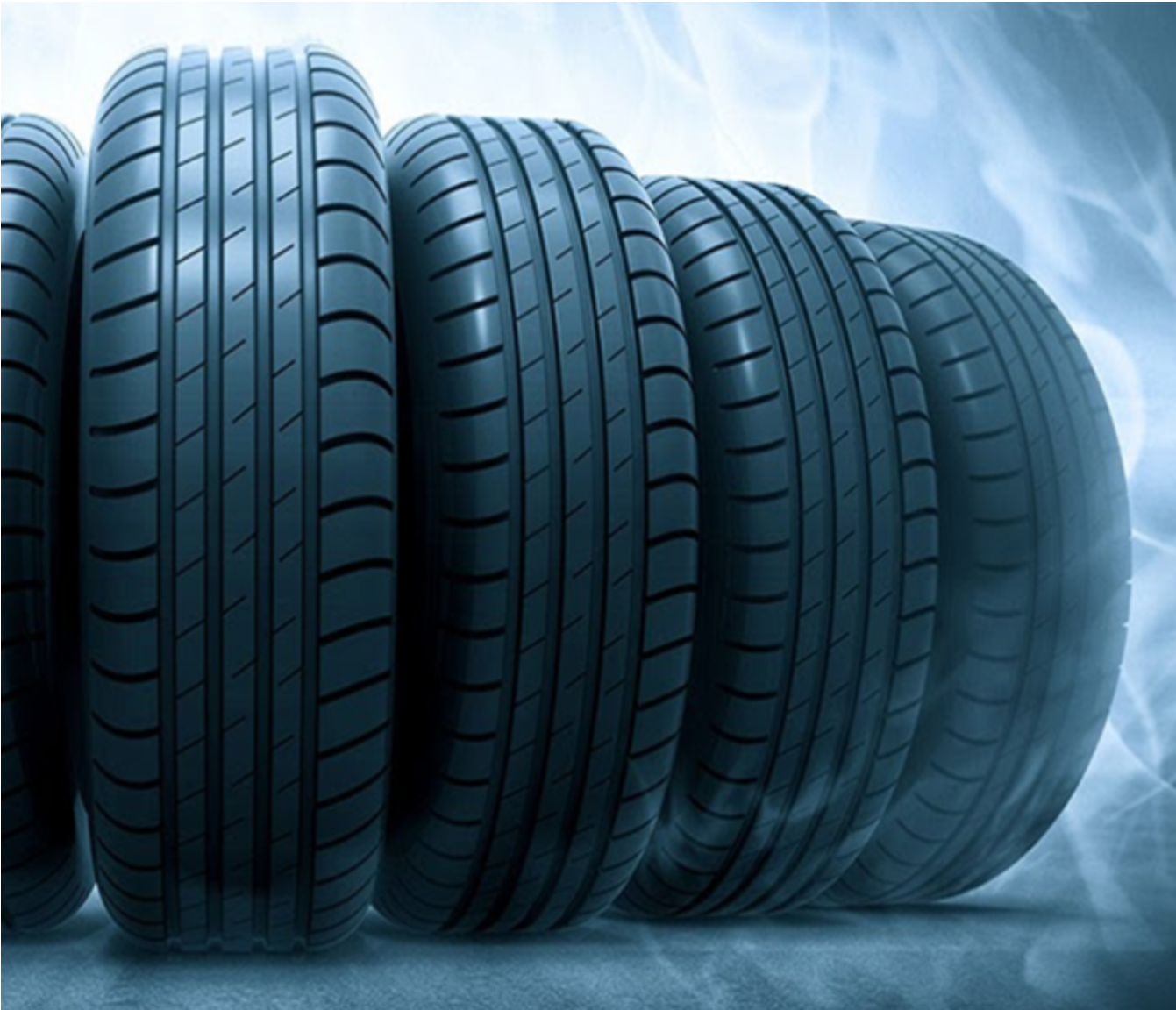Silox group, through its subsidiaries JGI and Hydrometal, is a major industrial recycler dealing with a wide range of complex non-ferrous metal-bearing residues, by-products, and secondary materials including components such as zinc, nickel, cobalt, molybdenum, germanium, tin, lead, antimony, copper, rare earths and precious metals from old or new applications like solar cells, batteries, low energy lights, wind turbines, etc.
As a key player in the circular economy and urban mining, we represent a valuable alternative to landfill and, as such, contribute significantly to the development of sustainable solutions to the depletion of natural resources. Our current technical set-up is unique in the recycling world and is based on hydro- and, when needed, pyro-metallurgy.
Our hydrometallurgical processes consume very little energy and produce very small quantities of CO2.
We are extremely active worldwide in the purchasing and selling of raw materials, by-products and products, which is building our commercial strength. We either direct the sourced materials to our Hydrometal plants to be refined or, alternatively, sell them directly to third parties all around the world.
For more :





















